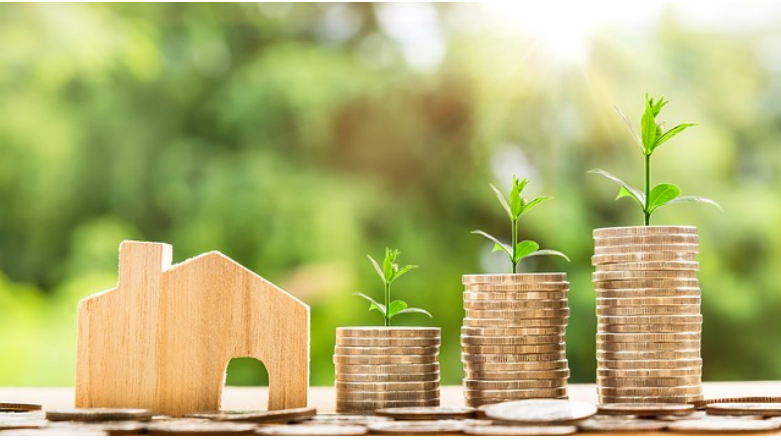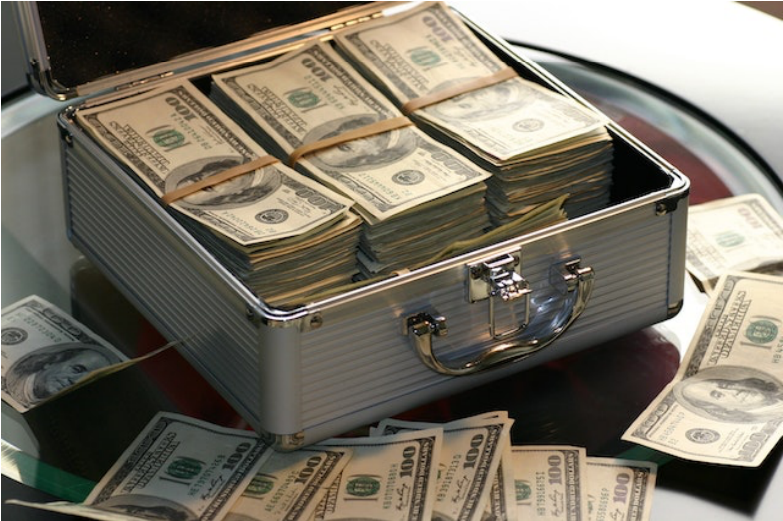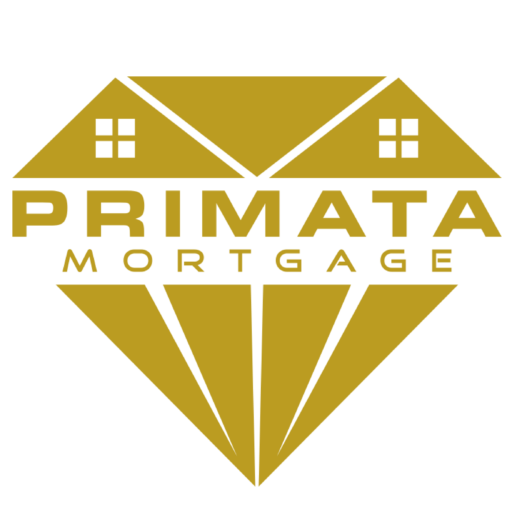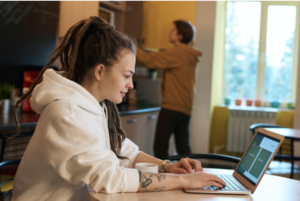
Investing in real estate is a fantastic approach to broaden your investment portfolio and accumulate wealth.
Navigating the path to securing a home loan can indeed be an adventure. For many homeowners, procuring their first mortgage was a journey marked by length and deep emotion. If this echoes your experience, it’s completely understandable if you’re not ready to jump into another large emotional purchase immediately.
However, if you’re keen on becoming a property investor, the journey of securing a mortgage becomes an essential part of the process. It might feel like a challenge to persuade lenders to finance your rental property dream, but remember, every challenge is an opportunity in disguise.
Because of their higher default rate, lenders view investment property loans as riskier than residential mortgages. That’s why the criteria for these loans are tougher. While it is possible to make a 3% down payment on your first home, the least you can expect to put down on a rental is 15%. Most newbie property investors don’t have that kind of money.
But Level Property Management team says there is a way to get around the problem.
If you own your own home and have been duly paying the mortgage for a long time, you may already have the money to buy your rental property. A second mortgage is an easy way for homeowners to access funding for any project. A second mortgage is a loan taken in addition to your first mortgage and secured by your home.
Should you get a second mortgage, and will doing this put your home at risk?
How to finance a rental property with a second mortgage
A second mortgage is a loan taken out on your property while the original mortgage is still in effect. The two loans are secured by the same asset: your home. Taking out a second mortgage means you have two mortgage payments on your home. How does this work, and what are the risks?
The first thing to know is that since your home serves as collateral for the second mortgage, it is possible to lose your home if you default on the loan. But this will only happen if you did not do proper due diligence on yourself before taking the loan. How can you use a second mortgage to safely finance your rental property?
How a second mortgage works

There are two ways to get a second mortgage; Home equity loans and a Home equity line of credit (HELOC). These two types of loans let you borrow from your home’s equity. The equity on your home is the difference between its appraised value and what you owe on the mortgage.
Home equity loans and HELOCs let you convert this built-up equity into cash. But while a home equity loan is a fixed-rate loan, a HELOC is a variable-rate loan similar to a credit card loan; you only pay interest on the amount you draw from your available credit.
Home equity loans are the better options for people who want to invest in properties using a buy-and-hold strategy. Money from the loan can serve as a down payment for a property. HELOCs are better for investors who want to use a short-term investment strategy; flip houses.
Since taking out a second mortgage means you will have additional monthly payments, it is essential to ask the following questions before you apply for this loan.
1. How much equity do I have in my home?
Typically, you can only borrow around 80% of the equity on your home. If you don’t have sufficient equity built-up in the property, it makes no sense to get a second mortgage. That is because the money from this second mortgage may not be enough for the down payment on an investment property.
2. How much debt do I currently have?
You should have enough income to cover your monthly payments for both mortgages. After you deduct the monthly payments on existing loans and obligations (auto loan, student loan, mortgage payments, credit card, home maintenance, etc.) you should still have enough money to cover your needs, plus an additional mortgage payment.
3. How much cash do I have as reserves?

You need enough cash reserves to cover the two mortgage payments for several months. Cash reserves provide a cushion if you are unable to make the mortgage payments for a certain month. You can avoid defaulting on the loan by drawing from your cash reserves.
4. Is the rental property viable?
Before taking out a second mortgage on your home, ensure the rental property you want to buy is viable. The property should generate enough monthly income to cover its mortgage payments and other costs. It should be able to do this as soon as you complete the purchase.
A second mortgage is an easy way for homeowners to get the needed funds for any investment. But this strategy is risky if you don’t know what you are doing. To ensure the method works for you, you need an experienced broker to walk you through the steps.
At PRIMATA Mortgage, our expert guidance has helped many homeowners like yourself get started on their journey to rental property ownership.



